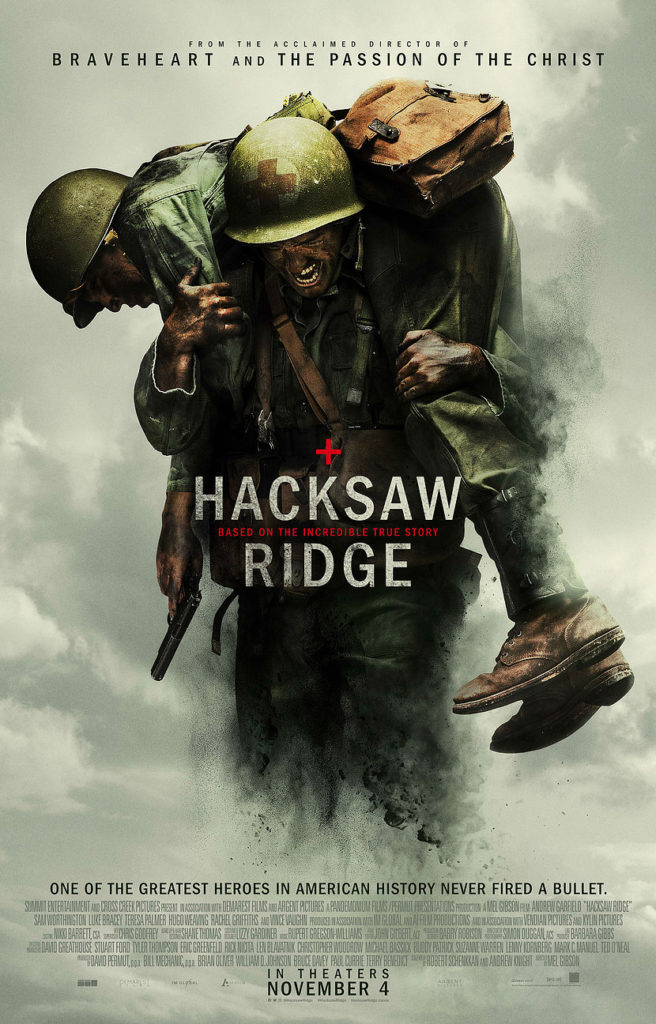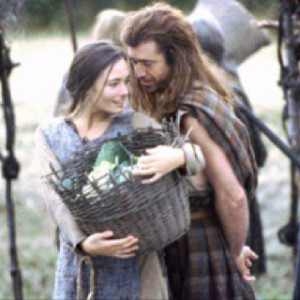



Wallace remained in hiding until 1305, when John de Menteith, a Scottish knight loyal to Edward, betrayed him. In 1298, Edward I's armies defeated Wallace's in the Battle of Falkirk in 1298, sending Wallace into hiding. But Wallace's winning streak didn't last. Wallace became the Guardian of Scotland after winning the Battle of Stirling Bridge in September 1297. Along with Andrew Moray, Wallace launched a successful resistance campaign against England - a feat, considering the might of England's army. How come? Well, we need to take a step back for a bit of William Wallace 101: In 1296, Wallace, the son of a landowner, refused to swear allegiance to England's King Edward I (Stephen Dillane in Outlaw King), who just declared himself king of Scotland after deposing John Balliol. Near the beginning of Outlaw King, news arrives that Wallace had been hanged, drawn, and quartered in London after being tried for treason, causing the devastated public to riot. The film also stars Sophie Marceau, Patrick McGoohan and Catherine. Gibson portrays Sir William Wallace, a late-13th century Scottish warrior who led the Scots in the First War of Scottish Independence against King Edward I of England. It was Robert the Bruce, not William Wallace, who. Robert the Bruce finishes what William Wallace started, because Wallace certainly couldn't. Braveheart is a 1995 American epic 4 historical war drama film directed, produced, and starring Mel Gibson. Fans of the period action drama Braveheart might be disappointed to learn that there’s hardly anything truthful behind this true story.


 0 kommentar(er)
0 kommentar(er)
